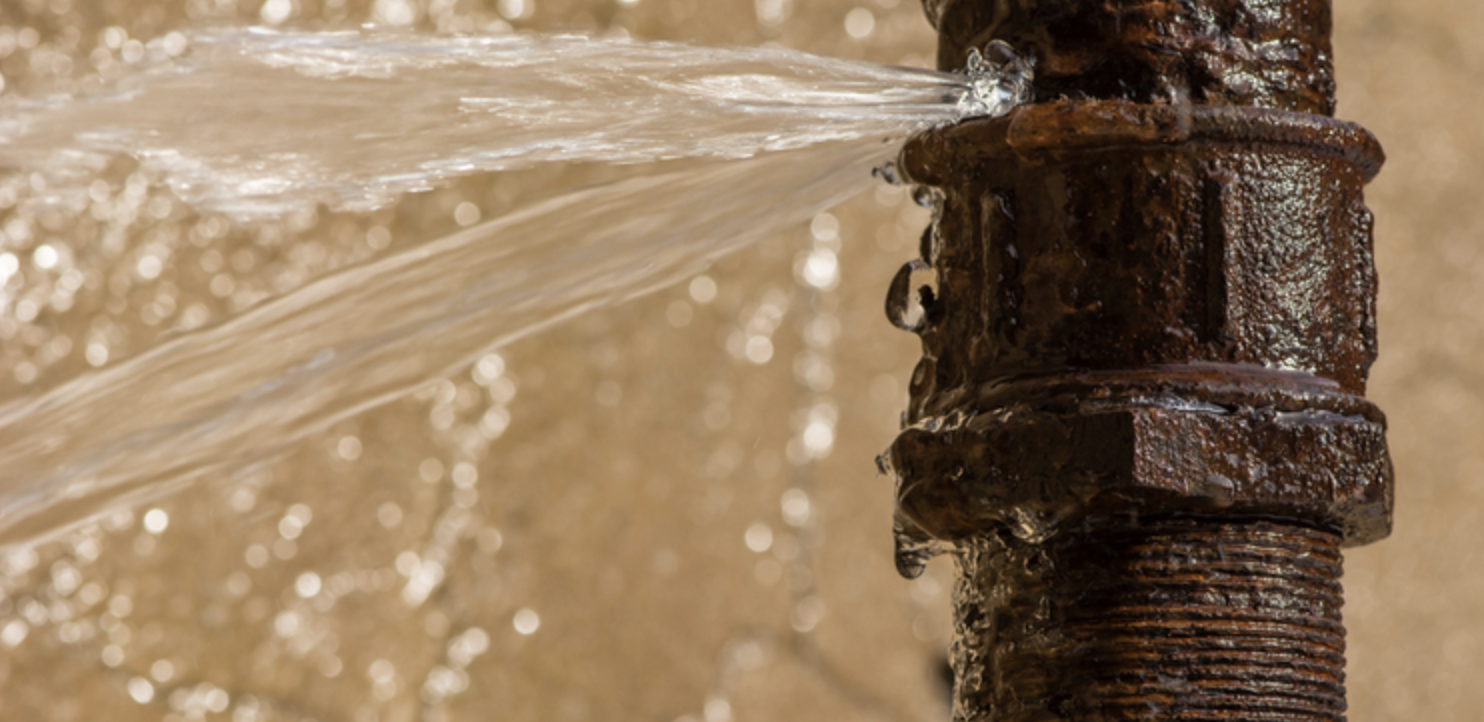Simple Steps for Septic Tank Maintenance: What You Need to Know
Simple Steps for Septic Tank Maintenance: What You Need to Know
Blog Article
The article author is making a few good points about Rules For Handling Water Damage in general in this article just below.

What should you do if a water pipe bursts in your home? Do you desire a mini-waterfall as well as flooding in a location of your house? If you find yourself in this circumstance, you have to act quickly. The longer you wait, the much more serious the damage that can occur to your residential property. The presence of mind is key in these occasions. For these factors, you require to find out just how to act in case of a ruptured pipes. Take a look at the adhering to ideas listed below to assist you act quick since time is essential.
Shut Off the Key Waterline Shutoff
The first thing to do? Shut the shut-off valve. Look for the neighborhood shut-off shutoff to shut off the water in one specific area just. If you do not know where the local shut-off shutoff is, choose the main water line valve and also transform it off. This action will cut off the water immediately in your entire home. Usually, the major valve is discovered outside the residence beside the water meter. If it's not there, you can also locate it in 2 locations: in the cellar at eye level or the 1st flooring on the ground. Generally, home builders placed the shut-off shutoff in the main ground level washroom or right beside it.
Call Water Damage Restoration Pros for Assistance
After closing the water resource, call the professionals for assistance. With their professional aid, you can prevent much larger water damages including distorted walls, loosened tiles, or damaged structures.
Paper the Damages For Insurance policy
While you're waiting for the pros to arrive, get some paperwork of the damages brought on by the wayward pipe. Take images and also videos of everything. Do close-up shots of the damaged areas and belongings. Your documents will certainly function as proof for your homeowner's insurance. Keeping proactive with this situation helps you to file a claim for coverage, which will even more support you and also your family members to come back on your feet.
Salvage Points That Can Be Conserved
As soon as you're done taking images, take a look at the harmed products and also obtain one of the most crucial ones from the pile. Dry them off in a dry/warm place away from the broken location as well as try to preserve them as high as you can. Drag as much dampness as you can to the product so it can start to dry.
Begin the Drying Process
You need to begin the drying out process as soon as possible. Thankfully, the water from your waterlines is currently tidy so you don't have to fret about sewer water. The moving water might have disturbed the dirt as well as debris in your carpetings as well as floorboards. In this case, placed some handwear covers on and begin some damage control. Use containers to dispose out the water. Remove as much water as you can from the surfaces with old towels. Activate an electric fan or open your home windows to promote air blood circulation. These steps will speed up to dry and also prevent mold and also mildew development.
Specialists are the only individuals qualified to examine correctly and also repair the burs pipelines and also subsequent damages. As always, pipelines don't simply suddenly break out of the blue. They normally give quiet red flags like gurgling paint, water stains. Unusual noises in the plumbing, caving ceiling, mildewy smell, or peeling wallpaper. Keep in mind of these indicators as well as do some preventive measures so you can nip any kind of problems in the bud.
What should you do if a water pipe bursts in your home? For these reasons, you need to find out just how to act in the event of a ruptured water pipeline. After closing the water source, call the professionals for assistance. With their specialist help, you can avoid a lot bigger water damage including warped walls, loosened tiles, or damaged structures. Luckily, the water from your waterlines is currently clean so you don't have to fret concerning sewage system water.
How to Handle a Burst Pipe and Minimize Damage
Steps to Take Ahead of Time
If you own property in an area that experiences cold weather, you need to be aware of seasonal maintenance tasks that will help you protect your property as the weather changes each year. One of the most important steps is to winterize your pipes to ensure they won't freeze or burst when the temperature drops. This includes action items like insulating any exposed pipes, detaching garden hoses and covering outdoor faucets. If the weather gets cold enough, you may even consider leaving a faucet dripping or opening cabinet doors during the coldest parts of the day.
No matter how prepared you might be, accidents and emergencies still happen. You'd be wise to set up a savings account specifically for your property so you have a "rainy day" fund set aside for unexpected expenses. All homes—regardless of age, location or condition—will inevitably need some form of emergency repair.
Steps to Take for Frozen Pipes
A frozen pipe will not necessarily burst, so if you can catch a frozen pipe early on, you could save yourself a major headache. When your area experiences frigid temperatures, be sure to check your plumbing and keep an eye out for warning signs like faucets only releasing small amounts of water or toilets not refilling when flushed. If you do run into one of these issues, you're likely dealing with a frozen pipe.
If this happens, your first step should be to cut off the water supply to that section of the plumbing. Expanding and freezing water can quickly cause damage. Even if the water supply is shut off, you will likely still deal with some leaking from the water that defrosts after the pipe has thawed. Be prepared with a mop, bucket and/or towels to quickly soak up any excess water.
In order to thaw a frozen pipe, you can use a space heater, infrared or incandescent heat lamp, or even a hairdryer to warm up the frozen area. Heat tape is also an option and should be used according to manufacturer instructions. Do not use any sort of open flame to thaw frozen pipes, as it poses a major fire hazard and can damage your pipes further.
Steps to Take for a Burst Pipe
Water damage claims are the second most common insurance claim in the U.S. When you're dealing with a frozen pipe, the water continues to expand as it freezes, which creates pressure that can cause a pipe to burst. When this happens, the crack or leak in the pipe allows water flow from the pipe to enter your home where it shouldn't. If a pipe does burst, you need to act quickly to mitigate property damage and repair cost.
Your very first step should be to shut off your main water supply to minimize flooding—typically the most expensive damage to address. Once you've shut off the water supply, make sure you identify the entire area that has been impacted by the leak. Remove as much water as possible—as quickly as possible—using a mop, sponges, towels or a shop vacuum or wet/dry vacuum. To prevent long-term damage due to moisture build-up, run a dehumidifier or fan in the affected area. Contact a licensed plumber to ensure the pipe is correctly repaired before running any water to that section of the home again. Burst pipes and the associated water damage are something you absolutely want to avoid as a property owner. If you've had to learn your lesson the hard way, don't let yourself get caught in a similar situation during the next spell of cold weather. The best way to deal with frozen or burst pipes is to prevent them in the first place—proactive winter maintenance will save you time, money and a whole lot of stress.

I found that blog posting about The Do’s And Don’ts When Water Floods Your Home while doing a lookup on the internet. So long as you appreciated our blog entry kindly be sure to pass it around. Thanks so much for taking the time to read it.
Report this page